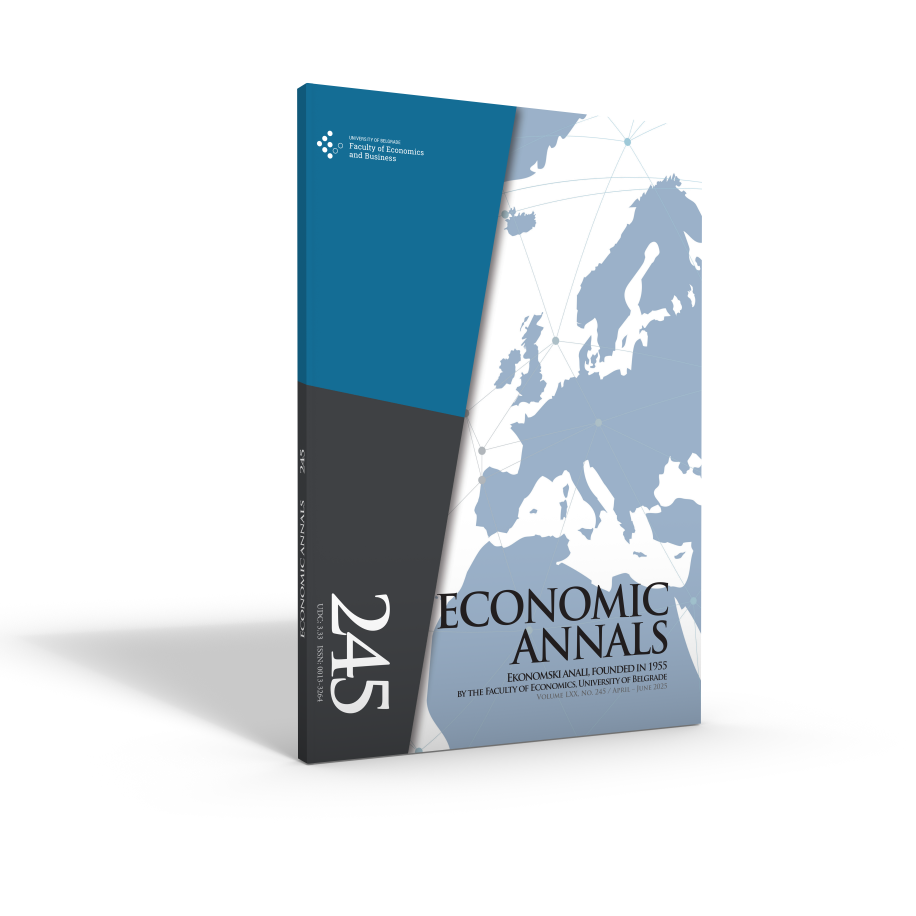WHAT ARE THE PRIMARY SOURCES OF AIR POLLUTION IN INDIAN CITIES?
##plugins.themes.bootstrap3.article.main##
##plugins.themes.bootstrap3.article.sidebar##
Sabyasachi Tripathi
Jyoti Chandiramani
Abstract
India is the world’s third most polluted country, with most of its cities ranking among the worst. This calls India’s ambitions for sustainable urban growth into question. In this perspective, the present study investigates the sources of city air pollution in India. Due to the paucity of data, we consider 36 metropolitan cities (cities with a million-plus population) for the analysis. Eight pollutants are considered to measure air pollution at the city level. Based on several Sustainable Development Goals, indicators for infrastructure, population agglomeration, transport, waste generation, climate action, energy use, life on land are considered for the assessment. Using principal component analysis, we created pollution and infrastructure indices. The results show that Delhi is the most polluted city and Bangalore has the highest availability of infrastructure of all cities in India. The ordinary regression results show that infrastructure, waste generation, registered motor vehicles, and population size positively affect (increase) air pollution. Additionally, clean fuel usage, light-emitting diode bulb distribution, and open space negatively impact (decrease) air pollution. The study concludes with important policy interventions to address urban air pollution effectively for higher and sustainable urban growth in India.
##plugins.themes.bootstrap3.article.details##
Urbanisation, air pollution, infrastructure, clean energy, India


 https://orcid.org/0009-0005-4579-497X
https://orcid.org/0009-0005-4579-497X